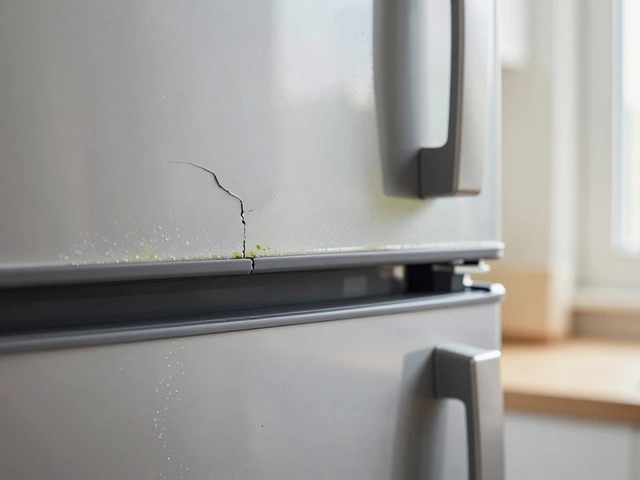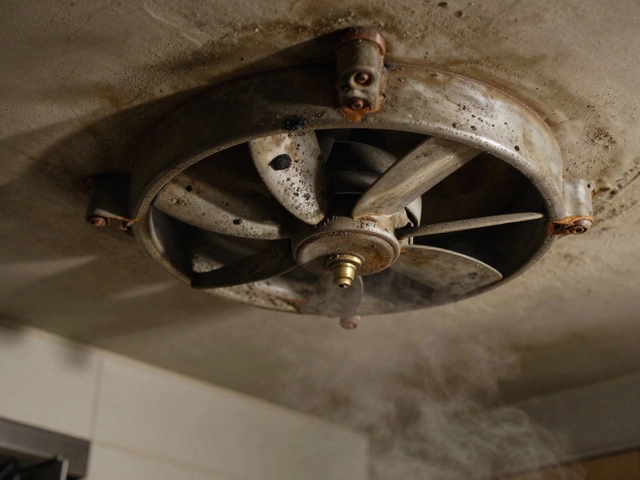How to Tell When Your Appliance Needs Attention
When working with how to tell, the process of spotting signs that a household appliance is failing or requires service. Also known as identifying issues, it guides homeowners to decide whether to fix, replace, or monitor the equipment.
Understanding appliance repair, professional service that restores functionality to kitchen, laundry and heating devices is the first building block. Once you recognize a symptom—like an oven that won’t heat or a fridge that runs constantly—you can move to diagnostic methods, step‑by‑step checks such as testing heating elements, inspecting thermostats, or listening for abnormal compressor noises. These methods let you pinpoint the exact fault before you call a technician, saving time and money.
Key Signs Across Common Appliances
Let’s walk through the most frequent clues. A washing machine that spins but leaves clothes soaking often signals a faulty pump—run a short water‑flow test to confirm. An oven that clicks but never ignites usually points to a broken igniter; a quick visual inspection of the glow bar can tell the story. In the bathroom, a hot‑water tap that stays lukewarm while the kitchen sink produces steam hints at a mixing valve problem, a classic how to tell scenario for plumbing diagnostics. Freezers that stop forming ice often suffer from a blocked defrost timer or a failing fan, both of which are detectable by listening for the fan’s hum and checking for frost buildup.
Beyond the obvious, maintenance decisions, choices about routine care versus major overhaul play a huge role. A 20‑year‑old oven may still heat but consumes extra electricity; evaluating energy cost versus replacement price becomes a classic cost‑benefit decision. Similarly, a boiler that sputters shows early signs of wear; a pressure‑gauge check and a visual inspection of leaks can tell you if a simple service will extend its life or if a full replacement is safer.
All of these examples illustrate three core semantic connections: how to tell encompasses diagnostic methods, diagnostic methods require appliance repair, and appliance repair influences maintenance decisions. By mastering the first step—recognizing the symptom—you unlock the rest of the chain and make smarter choices for every kettle, hob, or boiler in your home.
Below you’ll find a curated list of articles that dive deeper into each of these scenarios. Whether you need a quick DIY fix, a cost comparison, or guidance on when to call a professional, the collection is organized to give you actionable insight right after you’ve learned how to tell the problem.
Wondering why your shower runs cold or your tap water never seems to get hot? It could be a bad water heater element. This article shows you the obvious signs of a bad element, how to check it safely, and what to do next. You’ll get clear steps, handy tips, and facts that make troubleshooting easy—even if you’ve never cracked open a water heater before. No technical jargon or fluff, just the stuff you need to know.


